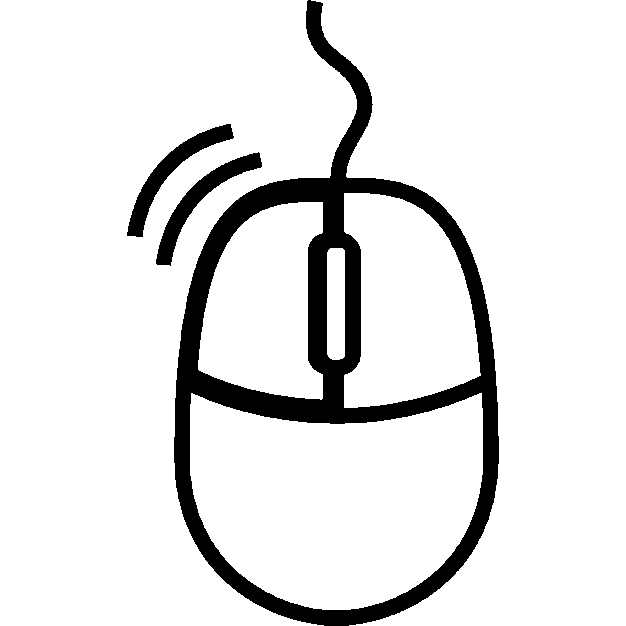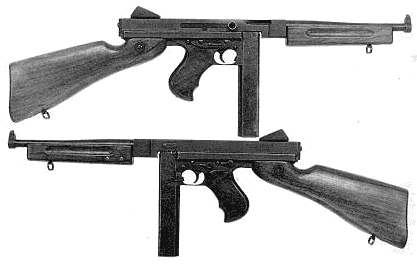
William A. SMITH's
sketches of Weihsien ...
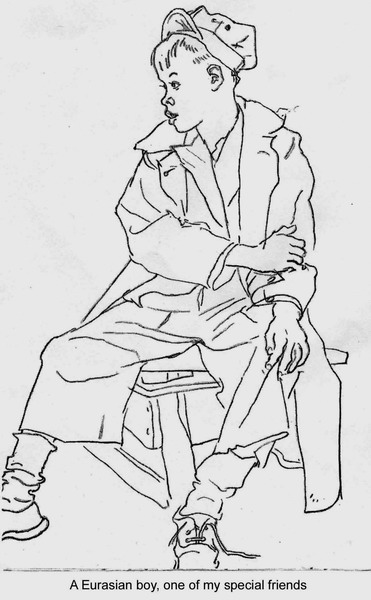
From Donald Menzi,
--- "Stanley Fairchild has copies of a magazine article by William A. Smith, the artist with the OSS team who spent a month in Weihsien after liberation. It includes several of Smith's sketches, including the attached one, which he titles, "A Eurasian boy, one of my special friends" There probably weren't many Eurasian boys in the camp, and I'm curious to know if anyone recognizes the boy in Smith's sketch. The article includes some other sketches that I'll send Leopold to add to the collection. ---
Hello, Donald,
I think it's Teddy Pearson, who has been trying to track down those very pictures. Bless my soul! The internet is a miracle worker!
Teddy was part of our Weihsien reunion group.
Mary Previte
In William Smith's drawing of the cook, could you add the name Sgt. Tad Nagaki to the caption that says Japanese-American?
Thank you so much.
Mary


by William Smith (war correspondent)
From: "Greg Leck"
I've taken a look at the new paintings. The one of the Japanese in the tower doesn't look accurate - I suspect the artist employed some artistic license. The individual looks like a regular army solider - steel helmet, uniform, Arisaka rifle - instead of the dark, blue black consular guard uniform, with pistol and wooden holster.
Of the paintings for which the artists are not identified, some clues are there. One has the monogram which looks like "MTS" monogram represents.
There was a Sambo Tremlett who painted watercolours But his middle initial is A, not M.
I particularly like the painting by AG Cameron, who was a taipan with the Hong Kong and Shanghai Bank.
... [Click Here]
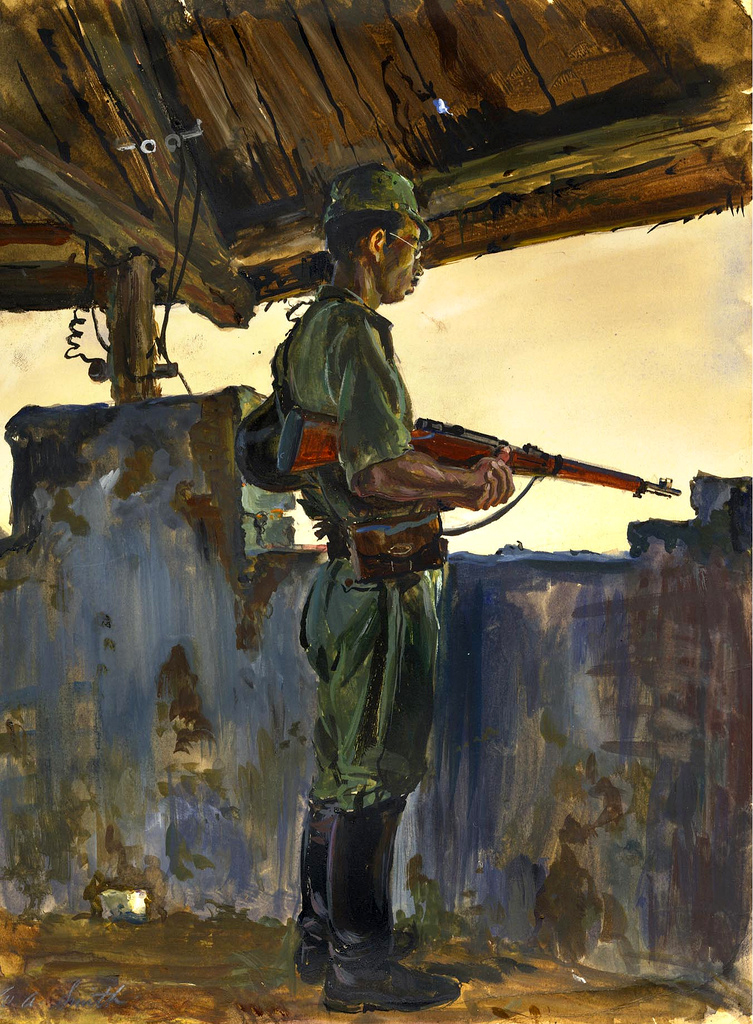

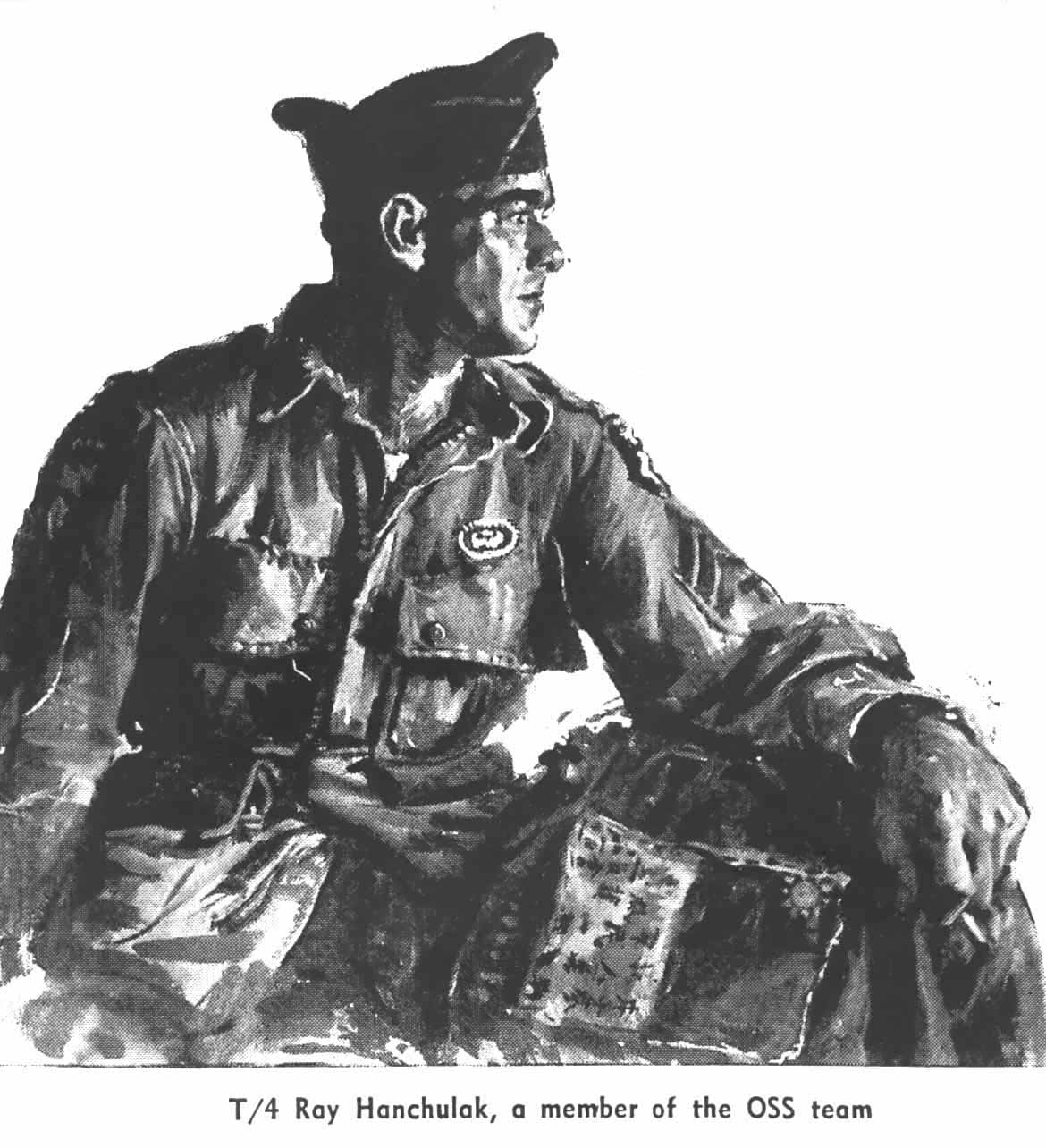
by William Smith (war correspondent)

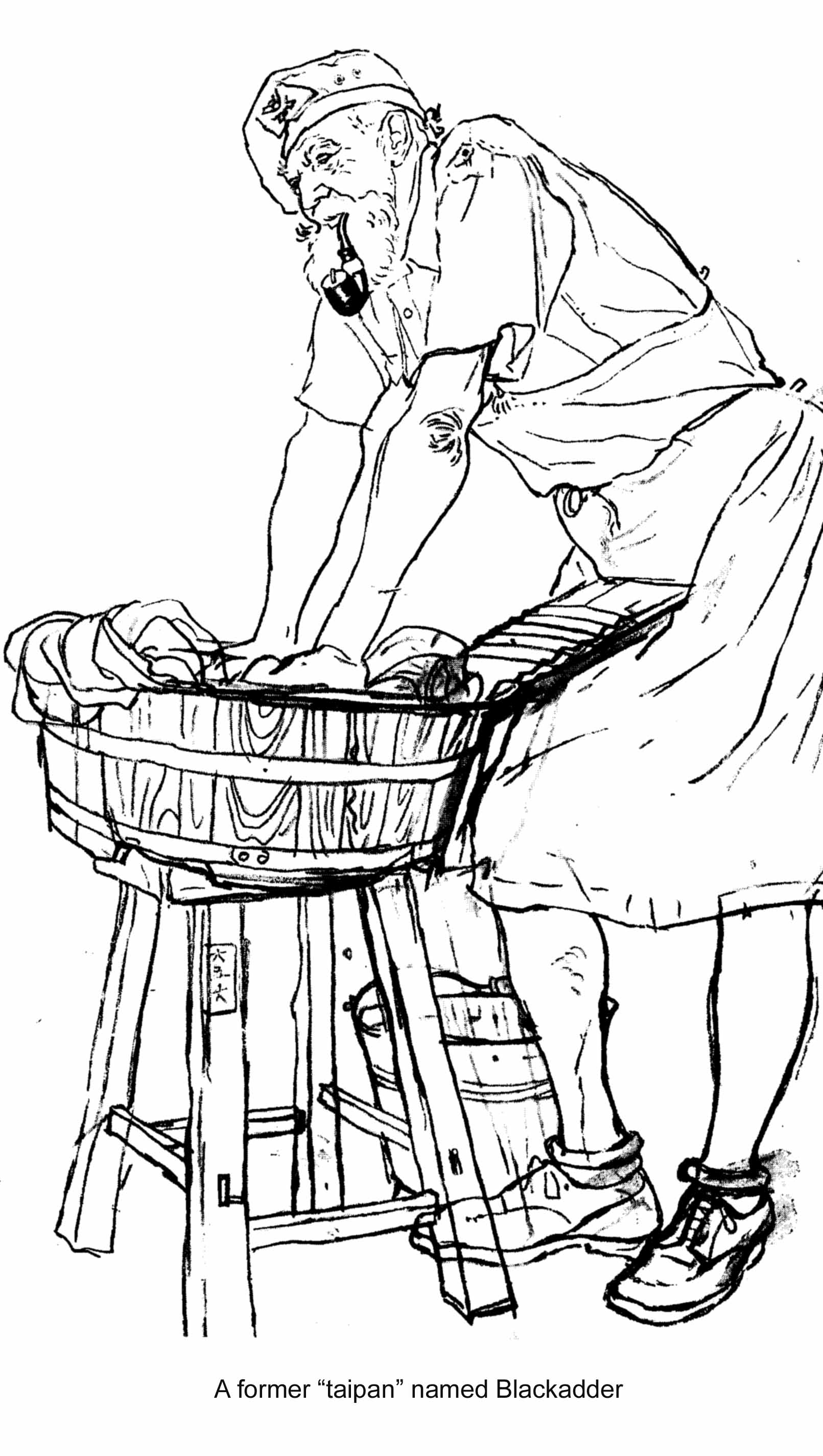
by William Smith (war correspondent)

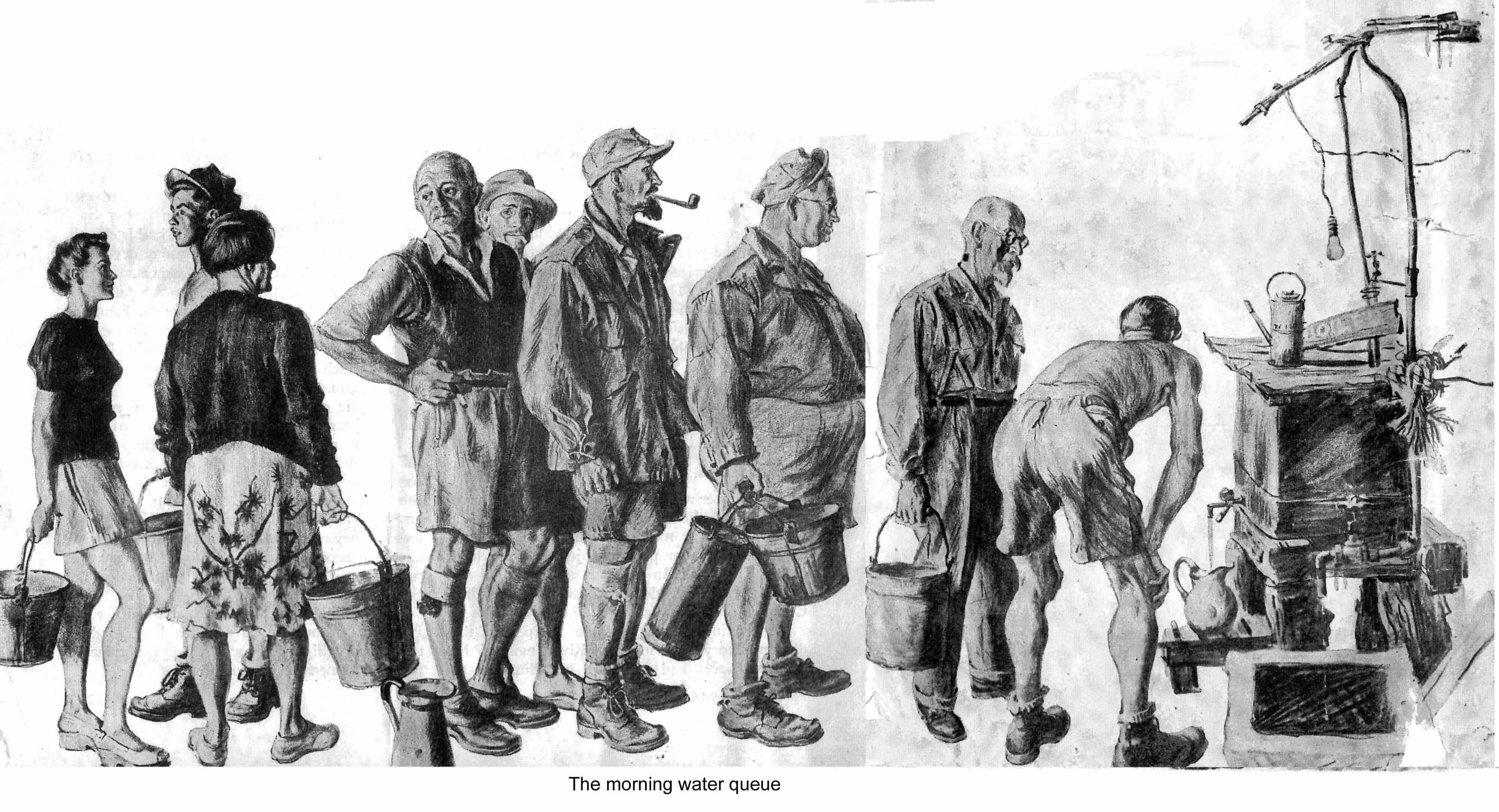
by William Smith (war correspondent)

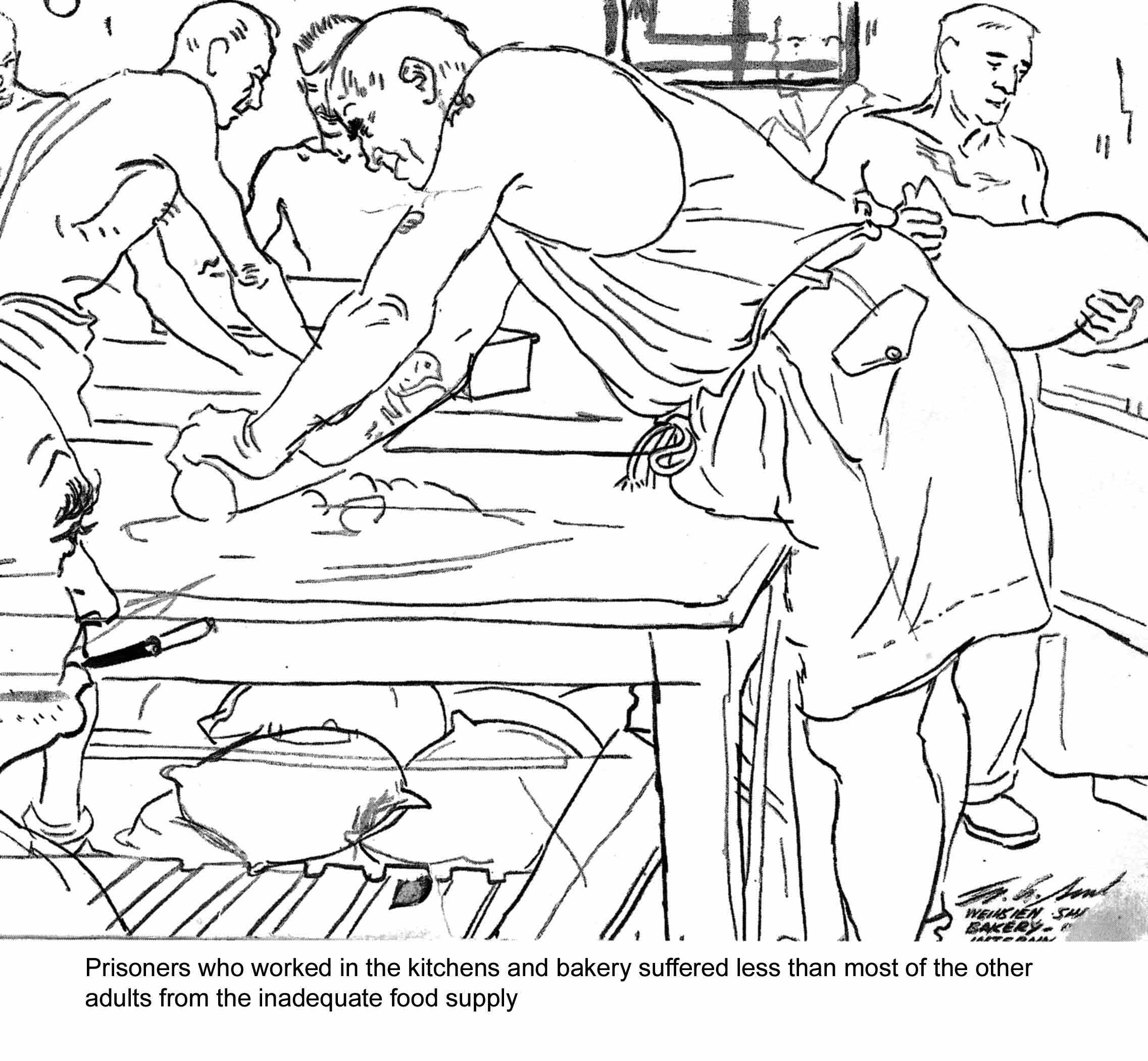
by William Smith (war correspondent)

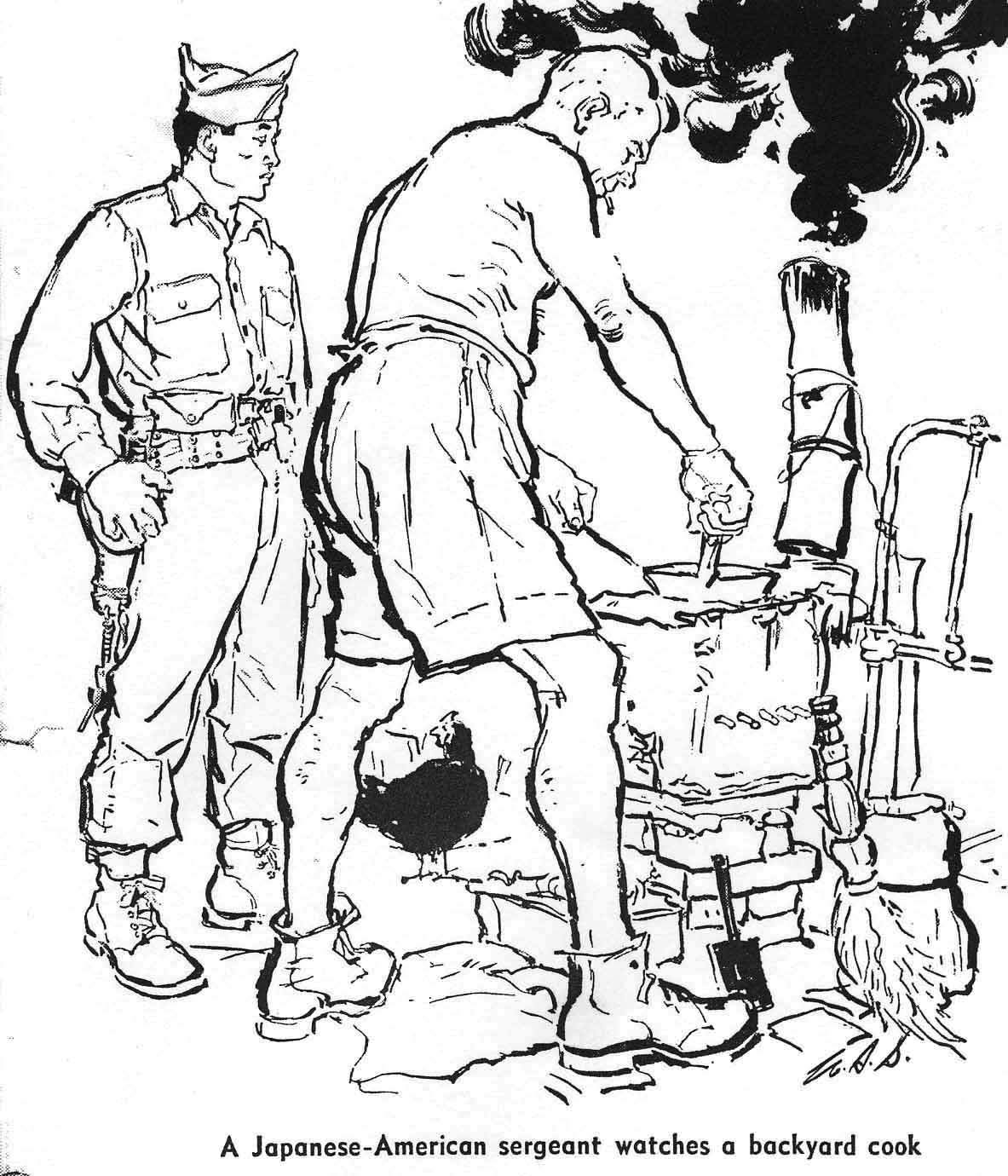
Sgt. Tad Nagaki [click here] watches a backyard cook
by William Smith (war correspondent)
From: MTPrevite
To: weihsien@topica.com
Sent: Friday, November 28, 2008 10:42 PM
Subject: Tad Nagaki -- fractured pelvis
Tad Nagaki, the only living member of the American team that liberated Weihsien in August 1945, is recuperating at home after fracturing his pelvis in a fall from his truck. He's home now and in good spirits after six weeks in the hospital. Still farming corn and beans in Alliance, Nebraska, Tad will be 89 in January.
Tad was the Japanese-American interpreter on the Duck Mission that liberated the camp. Born in America and growing up in a farm family in Nebraska, he had starred as a high school athlete -- basketball, football, track (hurdles) -- and played with a Japanese-American baseball team in the Nebraska-Denver area during his summer vacations, which explains why he delighted teenagers in Weihsien by playing baseball with internees. (See the following entry from 14-year-old Peter Bazire's diary entry for August 23, 1945.)
"Thursday 23rd
The 3 schools ? Chefoo ? Weihsien ? American school were photographed with a small Kodak camera ? 2 photos each
In the evening there was a softball England v America. After the first innings 3 Ams. came, J. Moore (R.F.), P. Orlick (S.S.) & Tad Nagaki (C.). Tad is in my mind the best catcher in camp. I was told he couldn't peg fast 'cause he strained a muscle but he was as quick as anything, getting some which meant a quick spring. He was very springy although he played in boots. "
After Tad graduated from high school in 1938, he went to Japan for a year in Tokyo for language school. Returning to the USA, he was drafted in 1941 not long before the Japanese attacked Pearl Harbor.
His is a remarkable story -- a Japanese-American fighting for America when thousands of his people were interned in relocation camps on America's west coast.
In my interviewing Tad for over a year -- month after month after month of questions in 2001 as I prepared to write a magazine story about him --never once did I hear him complain about America or of his treatment for years during the war -- mistrusted as a Nisei, sidelined with about 40 other Japanese-American soldiers in Ft. Thomas, Kentucky, limited to pruning trees and loading trains -- when he was itching to be out front fighting for America. When he passed his physical and collected recommendations to be an air cadet, his commander sent him a personal letter: They could not accept him because he was Japanese-American.
No matter how I dug to find his feelings -- Did he resent being sidelined and mistrusted? -- Tad's answer was always the same: "I am American."
In the astonishing turn of events when Tad was accepted by the Office of Strategic Services (OSS) for a special Nisei combat unit to operate behind Japanese lines in Asia, he had to know his grim realities as an ethnic Japanese. "It's a one-way ticket," Nisei volunteers were told.
I prodded Tad: "What would the Japanese do to you if they caught you?" Of course he knew.
"I never gave it any thought," he said. "I am American."
"And in Burma and in China, what if American soldiers thought you were the enemy?"
He made it sound so simple. " In war, if you think about that, you're not going to be a very good soldier. I am American."
On August 17, 1945, carrying in a sling over his shoulder a .45 made into a sub-machine gun, Tad Nagaki parachuted from a B-24 called the Armored Angel and landed among the graves and gaoliang stalks outside the barrier walls of Weihsien. This Japanese-American helped liberate 1,500 Allied prisoners behind those walls.
Tad tells me he's not a hero.
Tad was one of about 25,000 Japanese-American men and women who served in U. S. Armed Forces during World War II.
On Liberation Day this year, I asked Tad how the war changed him. It didn't really change him, he said. Like so many Americans, he returned home and picked up where he had left off. He married the girl he had met in Army Language School in Minnesota, and settled back into farming in Nebraska, and made a family.
Mary Previte
From: Albert de Zutter:
Mary,
Thanks for your feature on Tad Nagaki. One thing: as I remember, some of the rescuers carried .45 caliber submachine guns, and I wonder if that's what you are referring to when you say "a .45 made into a machine gun?"
Albert de Zutter
From: MTPrevite
Hello, Albert:
I know nothing about guns. A few months ago,when I asked Tad Nagaki about the weapons they carried -- if any -- when they parachuted to liberate Weihsien, my notes from the conversation say "Tad carried .45 made into a machine gun." Tad said some the team carried a "side arm pistol."
Liberator Jim Hannon told me several years ago that the DUCK MISSION team had considered arming themselves heavily for the parachute drop. He told me he advised against it. Because these August 17 rescue missions were supposed to be strictly "humanitarian," Hannon thought that their carrying too much armament would send the wrong message to the Japanese. He told me that that the team took his advice.
Researcher Troy Sacquety, who has written extensively about the OSS, dug up documents in the National Archives in which a couple of DUCK MISSION team members -- Ensign Jim Moore for one -- requested equipment adaptations for this drop. I'll try to ask Troy for more details.
Mary Previte
From: MTPrevite
To: weihsien@topica.com
Sent: Wednesday, December 10, 2008 5:06 AM
Subject: Tad Nagaki -- what weapon did he carry?/h5>
Albert has asked about Tad Nagaki's description of the gun he carried when he parachuted to liberate Weihsien.
When I phoned last night to check up on how Tad's recuperating from his fall, I asked him about it again. He said his weapon had been "modified" with an extended barrel and a rifle stock so he could fire it either from the hip or the shoulder. It fired .45 bullets He said they called them Tommy guns -- like the gangsters used to use -- capable either for shooting rapid fire or shooting off a burst of three at a time.
He said he had used the weapon in Burma when he was with the OSS Nisei unit there behind Japanese lines.
After he said that, he paused and said he wasn't certain if that was the weapon he had carried when he parachuted. He said he might have carried a. 45 pistol. Time plays tricks on our memories.
Tad said each member of the team chose his own preferred style of weapon for the parachute jump.
Does anyone have recollection about these guns?
Tad discussed again a fascinating dispute that hasn't been discussed here very much. This was a WHO'S IN CHARGE? dispute.
He said that a few days after Major Staiger and the DUCK Mission team had taken charge of the Weihsien camp, Colonel Byrd flew in with his team. Byrd and his team had apparently failed in liberating the camp to which they had been assigned. (Tad wasn't sure which camp Byrd was supposed to liberate.) So Byrd flew to Weihsien and wanted to take over leadership of affairs there -- maybe a move to cover his anatomy for his failed mission.
Tad said Major Staiger would have none of this. The DUCK team had done its job and they were not turning Weihsien over to Byrd. Major Staiger contacted headquarters about the dispute. Headquarters supported Major Staiger and ordered Byrd and his team out.
I've heard a member of the DUCK team say that Byrd should have been court martialed for failing in his team's rescue mission.
Major Staiger eventually turned the Weihsien camp over to Colonel Weinberg, who, Tad says, was assigned to handle evacuation of internees.
Jim Moore, Nagaki, Ray Hanchulak, and Major Staiger moved on to Tsingtao (today spelled Qingdao) to set up an OSS base there.
Mary Previte
From: Albert de Zutter
To: weihsien@topica.com
Sent: Wednesday, December 10, 2008 4:42 PM
Subject: Re: Tad Nagaki -- what weapon did he carry?
click on the picture
The most common submachine gun carried by U.S. forces in World War II was the Thompson .45 caliber submachine gun. As Tad said, it was called the "Tommy gun." It fired .45 caliber pistol bullets. When I ran out to the field to greet our rescuers I distinctly remember submachine guns in the hands of at least two of the rescuers. It was a daunting sight, as these guns were in the ready firing position. I was 13 years old at the time, and already knew about "Tommy guns" from ganster movies before the war.
Albert
From: Ron Bridge Sent: Wednesday, December 10, 2008 10:17 AM
For those of you who do not know the gun that keeps being talked about is the Thompson Sub-machine gun a standard weapon that fired .45 calibre bullets, The ammunition was heavy was trained to use them 50 plus years ago but they feel out of favour in the mid fifties you had to almost lean forward to fire it and the ammunition was in a long magazine pushed into the bottom a true Tommy gun had a round magazine and that is what most gangster movies of the era featured.
Rgds
Ron

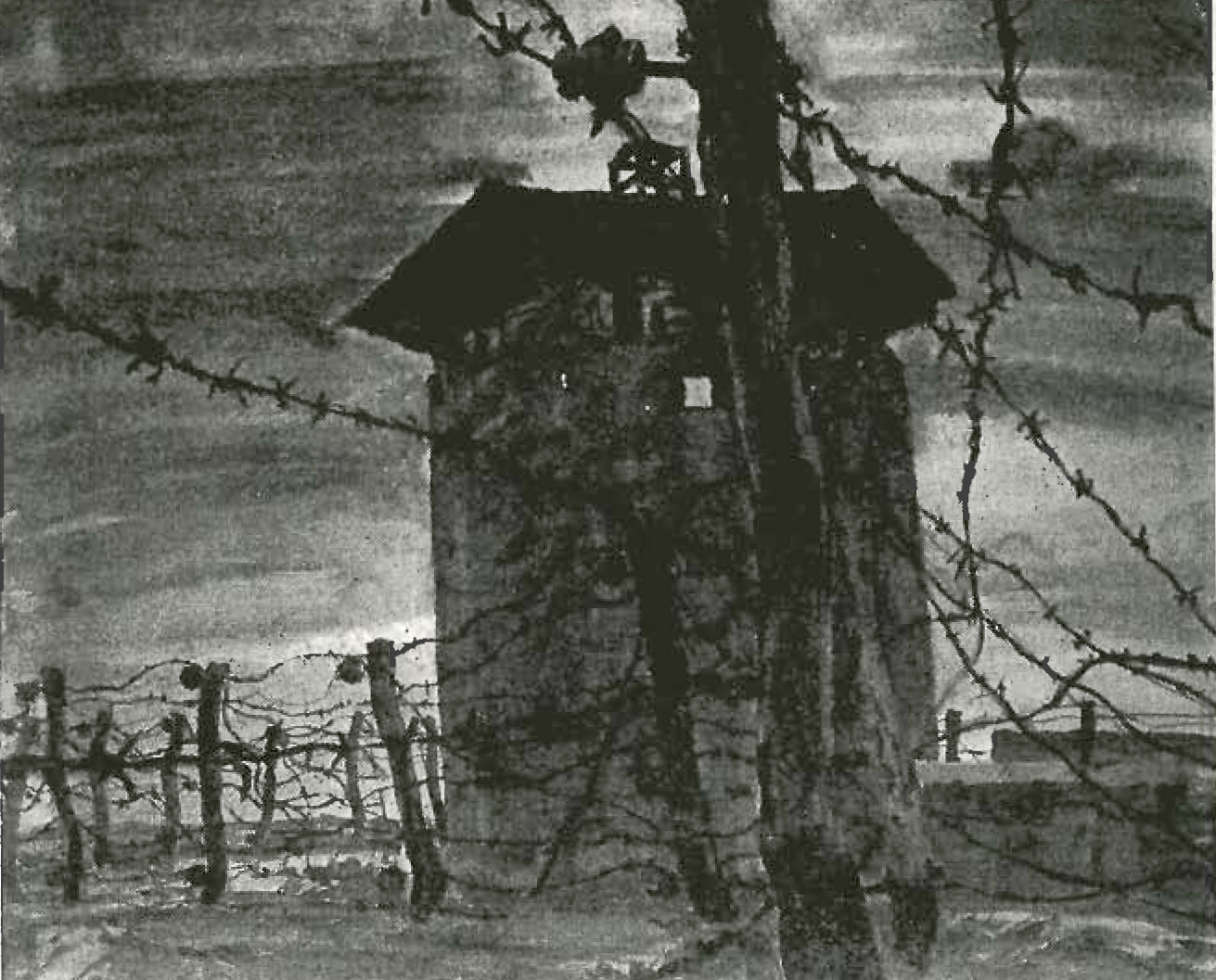
by William Smith (war correspondent)

When I phoned last night to check up on how Tad's recuperating from his fall, I asked him about it again. He said his weapon had been "modified" with an extended barrel and a rifle stock so he could fire it either from the hip or the shoulder. It fired .45 bullets He said they called them Tommy guns -- like the gangsters used to use -- capable either for shooting rapid fire or shooting off a burst of three at a time.
He said he had used the weapon in Burma when he was with the OSS Nisei unit there behind Japanese lines.
After he said that, he paused and said he wasn't certain if that was the weapon he had carried when he parachuted. He said he might have carried a. 45 pistol. Time plays tricks on our memories.
Tad said each member of the team chose his own preferred style of weapon for the parachute jump.
Does anyone have recollection about these guns?
Tad discussed again a fascinating dispute that hasn't been discussed here very much. This was a WHO'S IN CHARGE? dispute.
He said that a few days after Major Staiger and the DUCK Mission team had taken charge of the Weihsien camp, Colonel Byrd flew in with his team. Byrd and his team had apparently failed in liberating the camp to which they had been assigned. (Tad wasn't sure which camp Byrd was supposed to liberate.) So Byrd flew to Weihsien and wanted to take over leadership of affairs there -- maybe a move to cover his anatomy for his failed mission.
Tad said Major Staiger would have none of this. The DUCK team had done its job and they were not turning Weihsien over to Byrd. Major Staiger contacted headquarters about the dispute. Headquarters supported Major Staiger and ordered Byrd and his team out.
I've heard a member of the DUCK team say that Byrd should have been court martialed for failing in his team's rescue mission.
Major Staiger eventually turned the Weihsien camp over to Colonel Weinberg, who, Tad says, was assigned to handle evacuation of internees.
Jim Moore, Nagaki, Ray Hanchulak, and Major Staiger moved on to Tsingtao (today spelled Qingdao) to set up an OSS base there.
Mary Previte
To: weihsien@topica.com
Sent: Wednesday, December 10, 2008 4:42 PM
Subject: Re: Tad Nagaki -- what weapon did he carry?
The most common submachine gun carried by U.S. forces in World War II was the Thompson .45 caliber submachine gun. As Tad said, it was called the "Tommy gun." It fired .45 caliber pistol bullets. When I ran out to the field to greet our rescuers I distinctly remember submachine guns in the hands of at least two of the rescuers. It was a daunting sight, as these guns were in the ready firing position. I was 13 years old at the time, and already knew about "Tommy guns" from ganster movies before the war.
Albert
Rgds
Ron





